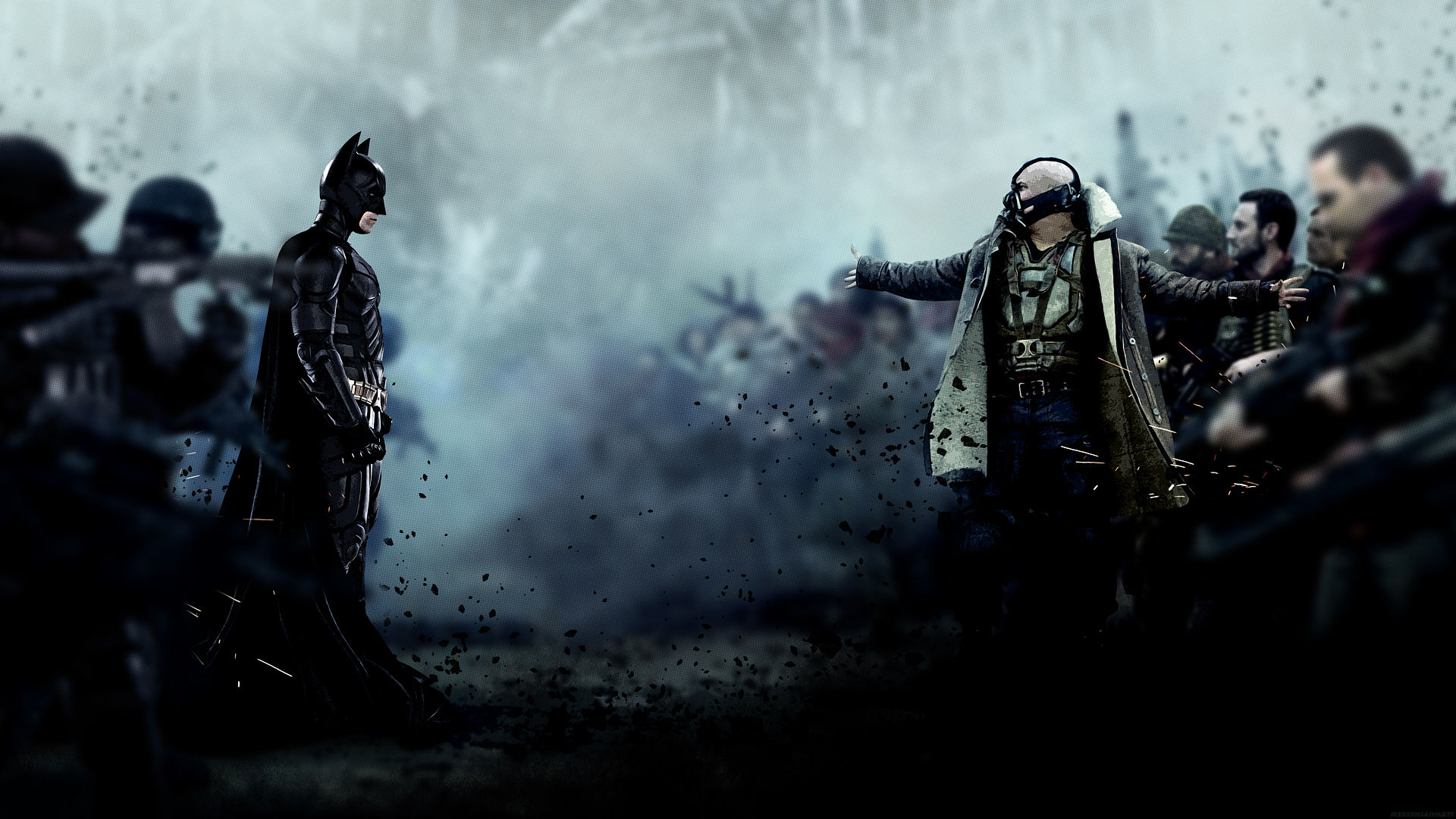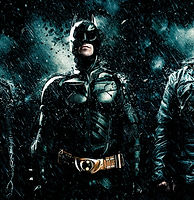
FILM STUDIES THEORY
Using film studies theory is going to be important for those of you who are aiming to achieve the higher grades. Four of the most important theories are featured below and if you have the initiative you can look further for more theories. Always make sure that you are applying the theory and not just 'bolting on' a term to the end of a paragraph.

BARTHES ENIGMA CODES
Roland Bathes' Enigma Code is a theory that suggests a text (whether that be television, film, a poster, etc) portrays a mystery to draw an audience in, pose questions, and as such, become intrigued in the piece. For instance, a comic book movie will often keep the identity and features of the super villain as a secret in order to keep an audience intrigued.

TODOROV'S THEORY OF EQUILIBRIUM
Tzvetan Todorov established a theory that most narrative storylines include similar conventions and structures. His theory argues that many storylines have 5 common conventions and that many storys follow the following structure.
- There is an equilibrium where all is balanced.
- Some sort of problem disrupts this balanced storyline.
- The characters realise that there is a state of disruption.
- The characters attempt to fix the problems.
- The story returns to the same equilibrium as at the start of the film or a new equilibrium.

PROPP'S CHARACTER TYPES
Vladimir Propp developed a character theory for studying media texts and productions, which indicates that there were 7 broad character types in the 100 tales he analysed, which could be applied to other media:
-
The villain (struggles against the hero)
-
The donor (prepares the hero or gives the hero some magical object)
-
The helper (helps the hero in the quest)
-
The princess (person the hero marries, often sought for during the narrative and known as the damsel in distress in some circumstances)
-
The false hero (perceived as good character in beginning but emerges as evil)
-
The dispatcher (character who makes the lack known and sends the hero off)
-
The hero [AKA victim/seeker/paladin/winner, reacts to the donor, weds the princess

KATZ & BLUMLER'S USES AND GRATIFICATION THEORY
Katz and Blumler's theory argues that individuals actively consume and use the media to meet certain needs.
Diversion (escapism) - the audience use the media for escapism or emotional release from everyday pressure.
Personal Identity - the ability to compare ones own life with characters’ lives and situations, thereby gaining a perspective on one’s own life.
Personal Relationships - the audience needs companionship with ‘known’ TV programmes or characters as well as the interaction with other people who can discuss the TV programmes. “Did you see East Enders? I really felt for poor Peggy/Sharon, Little Mo………”
Surveillance being given the opportunity to see what else is going on in the world


